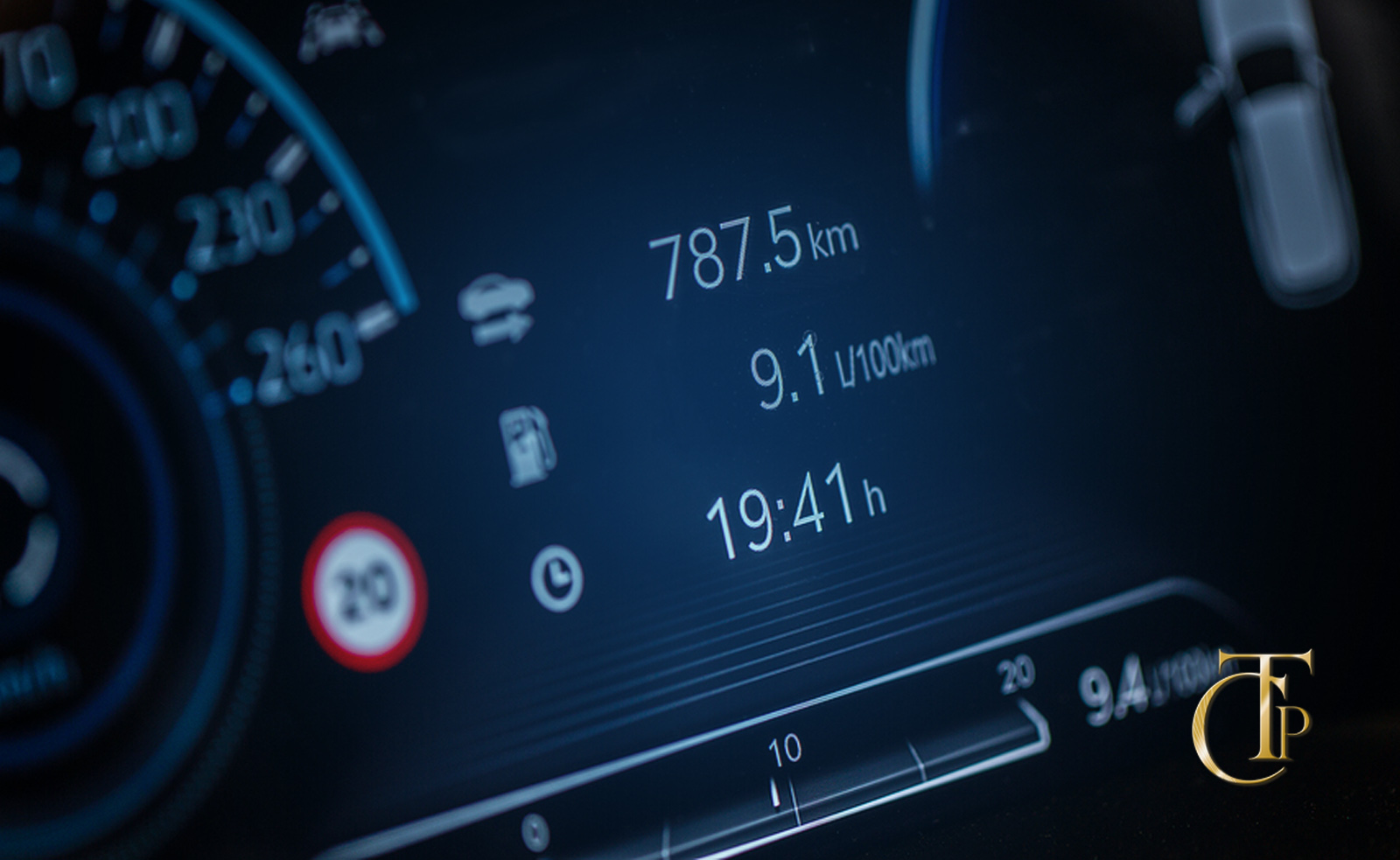New business owners may be excited to learn that the IRS also allows them to deduct their annual business mileage as a business expense. However, they may be less prepared for the task of keeping accurate records of their business trips and educating themselves on the precise rules around what counts as business mileage. This is where you as a tax planner can relieve some of the uncertainty and provide guidance on how to set oneself up for success.
The Internet is unfortunately overflowing with myths about writing off business mileage. For instance, some taxpayers may have heard the advice that “if you own a business, you’re married, and your spouse has a car, just drive their car occasionally so you can claim their vehicle on your business tax return.” What is missing from this claim is the fact that a vehicle must be used primarily for business purposes to qualify for deduction. The majority of the miles driven must have a legitimate connection to the taxpayer’s work.
This blog will review the two methods for calculating business mileage and the qualifications for considering a trip a business expense.
Calculating Business Mileage
Business owners can use one of two methods to calculate their mileage: the standard mileage rate or actual expenses.
Standard Mileage: The standard mileage rate is currently at 62.5 cents per mile. To calculate the deduction, take the total number of business miles and multiply it by the standard mileage rate:
# of business miles driven this year X 62.5 cents per mile
Actual Expenses: To use this method, first calculate the business use percentage for the vehicle—for example, let’s say 60% of the miles the taxpayer drove last year were for eligible business purposes. Take that percentage and multiply it by the total actual expenses for the vehicle:
# of business miles driven this year
____________________________
# of total miles driven this year
X total vehicle-related expenses this year
Choosing a Calculation Method
Most business owners will find that they are typically spending more on vehicle expenses than they are allowed to deduct. When we look at the surveys being conducted by the National Highway Standards Board or AAA, the average cost per mile can be as high as 78.3 cents, depending on how much a person drives in a year. This falls short of the standard mileage rate by a decent amount and begs the question why so many people default to that rate. Typically, the answer has to do with bookkeeping or tracking—it seems easier than keeping tabs on actual expenses.
Tax planners may have their work cut out for them getting accurate driving details and expense records from clients and explaining the difference between the two calculation methods. First, regardless of the method they use, taxpayers have to track their miles. Both methods will require the same level of diligence in keeping records, so the choice between them has more to do with which will lead to the larger deduction in an individual’s situation.
The tricky part of strategizing for the 2022 tax year is that we have two different mileage rates assigned:
- Miles driven from January through June = 58.5 cents per mile
- Miles driven from July through December = 62.5 cents per mile
If your client did not keep a detailed log of their mileage last year, you may be able to estimate these amounts by splitting the overall mileage in half if their driving patterns are fairly consistent.
Another important thing to note is that businesses cannot arbitrarily switch back and forth between reporting methods. If, for example, a client has difficulty tracking oil changes, car washes, and gasoline purchases one year, and they want to switch from actual expenses to standard mileage just for that year, that is not permitted. The IRS will allow a taxpayer to switch once from standard mileage to actual expenses but not the other way around. This is another reason why identifying the best tax strategy is essential before committing to a method.
What Qualifies as Business Mileage?
Trips that start from a business owner’s office will typically qualify, whether they are driving offsite to meet with a client, attend a seminar, make a deposit at the bank, or meet with their tax planner. However, typical commuting miles (e.g. from a residence to a commercial office space that is their primary place of business) are not considered deductible expenses.
One complication is that many people primarily work from home now. One way to increase the overall deduction is to make the taxpayer’s home office their primary place of business from a tax perspective. If it does, anytime they travel from that home office to a secondary place of business—a secondary office or coworking space, a retail location, a place where they see patients, etc.—that can be considered a business expense.
To qualify a home office as the principal place of business, the business owner may need to increase the percentage of time that business is conducted in their home office (versus other locations) and the relative importance of the business activities performed in their home. If they use their home office exclusively and regularly for administrative or management activities and have no other fixed location where they conduct these activities, their home will likely qualify as their principal place of business (see IRS guidelines for more details).
Lastly, to maximize that deduction, discuss possible ways to increase temporary business stops—the miles driven to a location where the taxpayer does not normally work but where they are traveling for a business purpose. Temporary stops would include any trips that are not routinely done. For example, if the business owner is in the process of moving and is waiting for their office space to be ready, they may be regularly commuting out of town, but those trips are not expected to go on for more than a year. Similarly, if a taxpayer travels to attend a seminar or a training event, that would be a temporary stop.
Summary
Business owners need to be well-informed on the rules for deducting business mileage to actually maximize this tax benefit. Keeping accurate records or adjusting their business practices slightly to increase their eligible business mileage will take additional effort at first. However, as you as the tax planner can explain, the payoff can be well worth that time investment. With the current surge in popularity of working from home, taxpayers should also consider whether they can qualify their home office as their primary place of business from a tax perspective.
To increase your expertise in business deductions and learn how to introduce new tax strategies to your clients, register to become a Certified Tax Planner today.





